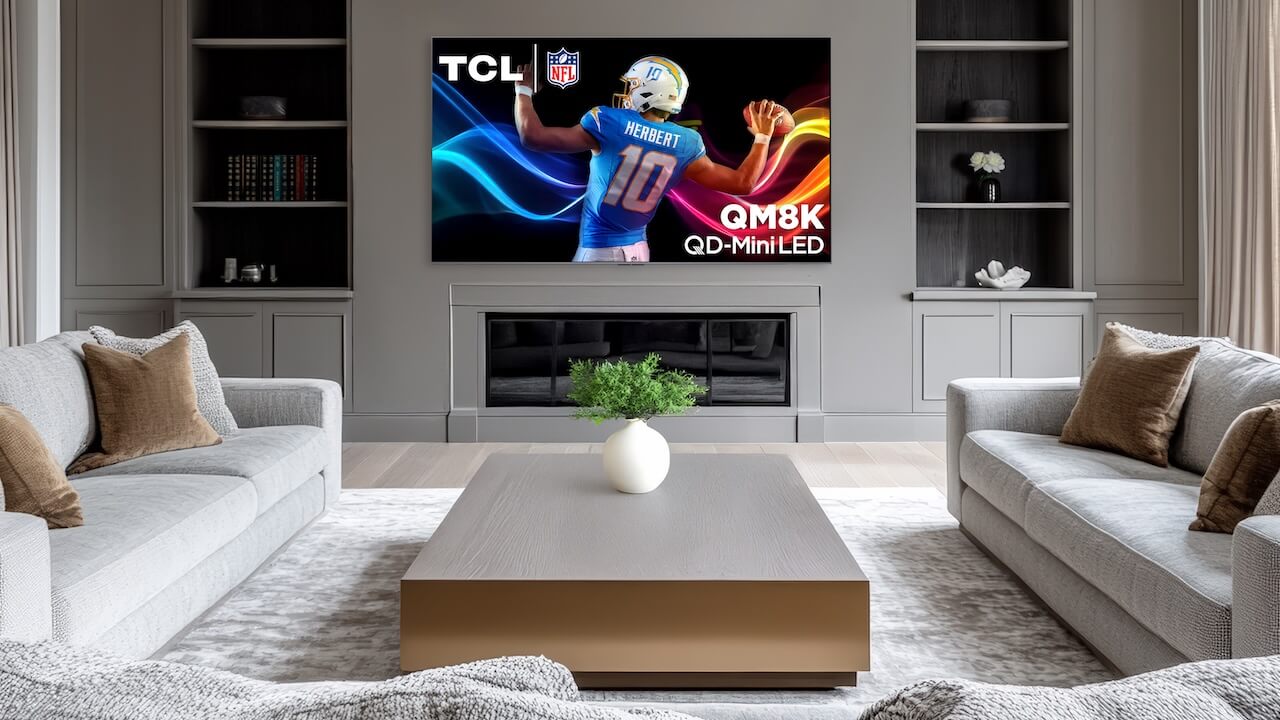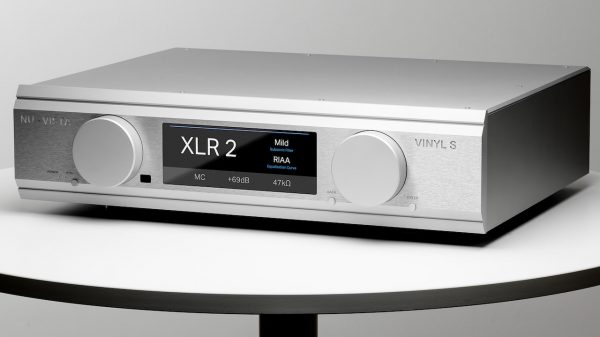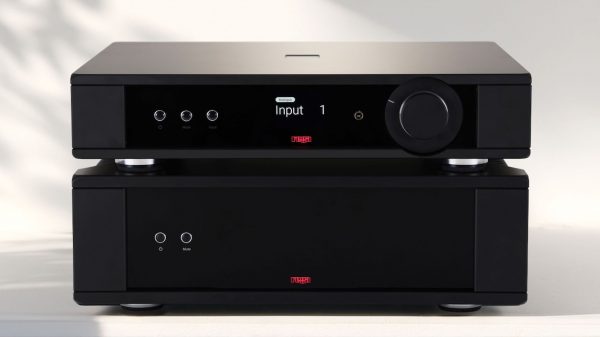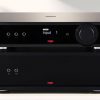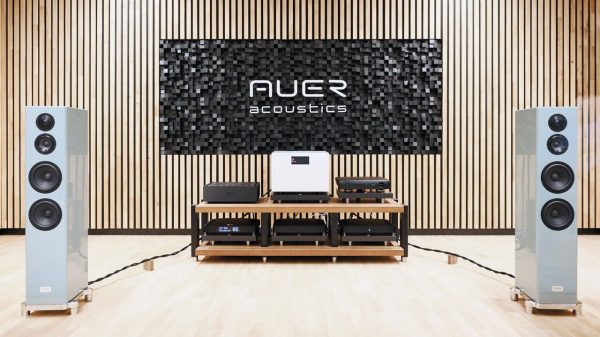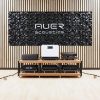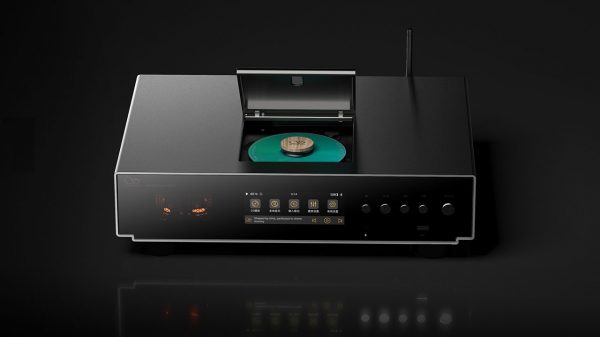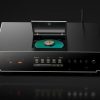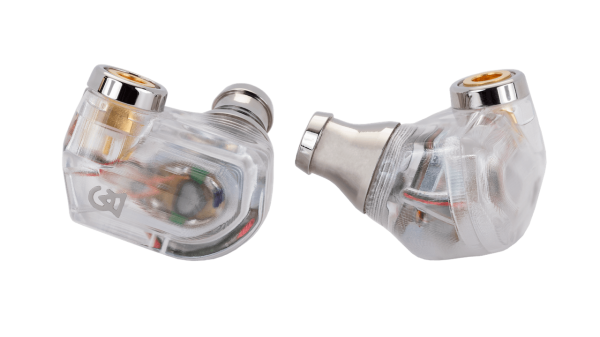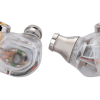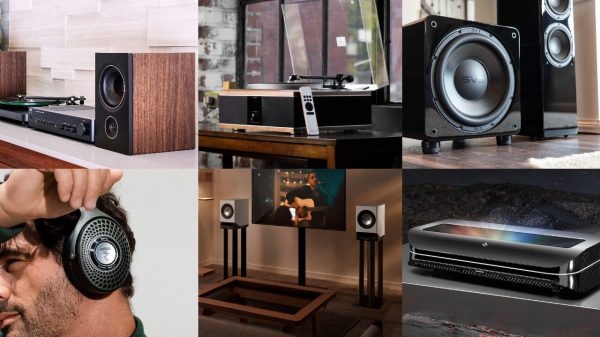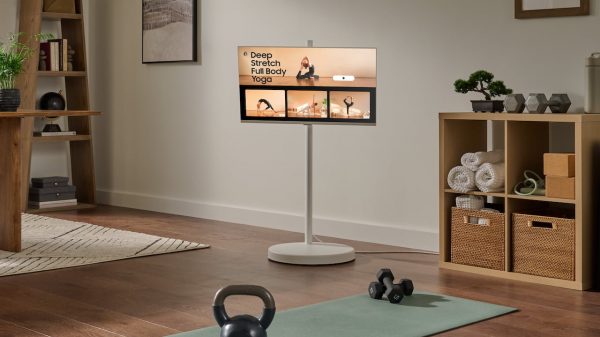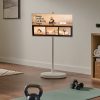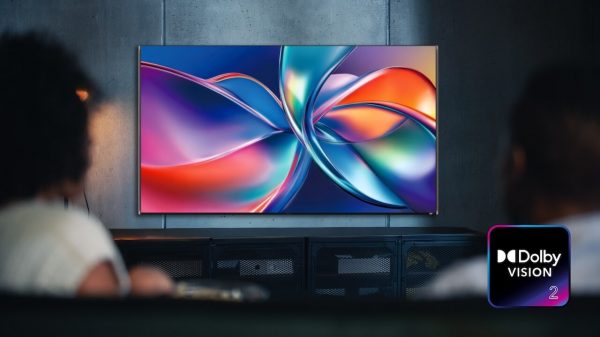2025 isn’t pulling any punches in the TV world, and TCL just fired another shot across the bow with the new QM8K—its latest flagship in the QM-Series. If you thought the battle between Hisense and TCL was cooling off, think again. The rivalry is red hot and getting personal. At CES 2025, their booths were practically staring each other down across the aisle, and the message was loud and clear: “We’re not just coming for each other—we’re coming for Samsung and LG too.”
Both Hisense and TCL have been relentless this year, stepping hard on the gas with aggressive pricing, bleeding-edge specs, and a very public push to knock the old guard off their thrones. It’s not just about catching up anymore. It’s about showing that the best TVs in 2025 might not wear a Samsung or LG badge—and the QM8K is TCL’s latest argument in that fight.
While Hisense came out swinging with most of its 2025 lineup all at once, TCL took a different path—slow-playing its hand with a strategic “drip” rollout of its QD-MiniLED QM and X Series TVs. First came the QM6K, then the step-up QM7K, followed by the premium X11K. Now, the latest drop is the one TCL fans have been waiting for, the new nearly flagship QM8K.
Building on the solid foundation of last year’s well-received QM851G, the TCL QM8K doesn’t just tweak—it pushes things forward in all the right ways. TCL is introducing its own CrystGlow WHVA Panel with a sleek ZeroBorder design, aiming for better viewing angles and a more immersive visual experience. Interestingly, QM8K has an even thinner bezel and wider viewing angles than the flagship X11K.
Under the hood, the QM8K brings serious upgrades: TCL’s new Halo Control System boosts picture precision, there are 35% more dimming zones, and peak brightness is up by as much as 65% compared to the previous generation. In other words, this thing’s built to punch through daylight and still deliver in the dark. And if you care about sound—and you should—TCL’s tapped Bang & Olufsen to elevate the onboard audio experience.
In a year where Hisense and TCL are trading jabs in public and throwing haymakers behind the scenes, the QM8K is TCL’s loudest statement yet.
From Chris Hamdorf, Executive Vice President, TCL North America: “At TCL, we are focused on continual improvement and wanted to put pressure on the market, especially in screen sizes over 75-inches, and our Precise Dimming Series does exactly that, The QM8K represents the culmination of TCL’s commitment to R&D and its performance delivers market-leading QD-Mini LED television technology, with a thin and elegant design that is worthy of its premium designation.”

CrystGlow WHVA Panel: TCL’s New Weapon in the QD-Mini LED Arms Race
Kicking things off with its QD-Mini LED foundation, the QM8K becomes the first model in TCL’s Precise Dimming Series to feature the brand-new CrystGlow WHVA LCD Panel with a sleek ZeroBorder design. This isn’t just marketing fluff—the high-contrast, anti-reflective panel is engineered for serious performance. It delivers significantly better off-axis viewing, with a 40% wider color viewing angle and drastically reduced color shift. Translation: your picture stays bold, accurate, and vibrant no matter where you sit.
Zero Border
Bezel and border distractions are the bane of immersive viewing, and TCL knows it. With the QM8K, they’ve trimmed the fat—literally. Thanks to a refined combination of panel design and advanced materials, the combined bezel and border width has been cut down to an impressively slim 3–4mm.
To pull that off, TCL engineered the QM8K with a one-piece aerospace-grade aluminum alloy chassis for maximum structural rigidity. An anodized ceramic film adds durability and panel stability, while the LCD driver circuitry along the edges has been miniaturized—eliminating any risk of deformation or light leakage. The result? A bold, modern design that’s essentially all screen, giving you a clean, premium look that disappears into the viewing experience.
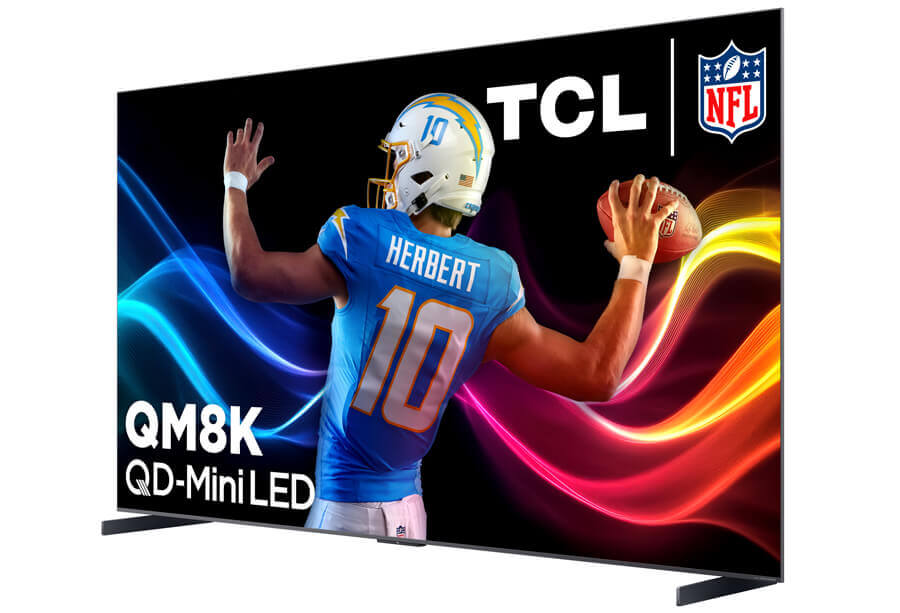
TCL Halo Control System: Precision Lighting and Contrast Like Never Before
The QM8K debuts TCL’s most advanced backlight control suite yet—the Halo Control System—designed to tackle blooming, color accuracy, and grayscale precision head-on. This system delivers a more natural, dynamic image with razor-sharp contrast and vibrant color reproduction. Here’s how TCL does it:
Super High Energy LED Chip + Micro Lens Precision
At the heart of the Halo Control System is TCL’s new Super High Energy LED Chip, which delivers increased brightness and light efficiency. Pairing that with a Super Condensed Micro Lens, TCL sharpens the light path for pinpoint precision, reducing light bleed and enhancing highlight clarity.
TCL Micro OD for Bloom-Free Viewing
TCL’s Micro OD (Optical Distance) innovation reduces the space between the backlight and the diffuser plate, tightening control of light dispersion. The result? Virtually zero blooming, even in tricky high-contrast scenes. You get crisp whites, inky blacks, and no annoying halo effects muddying the picture.
WHVA Panel for Superior Native Contrast
The QM8K pairs its refined QD-Mini LED backlight with TCL’s best-in-class CrystGlow WHVA Panel. This combo blocks more stray light when the LCD is closed, delivering up to 5x greater native contrast and deeper blacks—without sacrificing brightness or detail.
Advanced Color Optimization Algorithm
TCL takes color accuracy to the next level by combining a more vibrant Quantum Dot layer with a new Color Optimization Algorithm. This tech refines each frame in real time for more accurate, lifelike color reproduction—whether you’re watching sports, movies, or gaming.
Zero-Delay Transient Response
Say goodbye to motion blur and lag. The QM8K’s upgraded video processing offers near-instantaneous response between the input signal and the backlight, preserving detail in fast-moving scenes and maximizing peak highlights.
Bi-Directional 23-bit Backlight Controller + Dynamic Light Algorithm
The crown jewel of the Halo Control System is TCL’s Bi-Directional 23-bit Backlight Controller, which allows for ultra-fine control over 65,000 levels of brightness per LED. Paired with TCL’s Dynamic Light Algorithm (DLA), the system smartly analyzes each scene to upscale SDR content closer to HDR quality—keeping visuals sharp, smooth, and spectacular across all sources.
Art Mode
Borrowing from TCL’s recently released NXTFrame TVs, the QM8K also features Art Mode, Art Gallery, and AI Art. These features allow users to display from TCL curated art collections, assemble galleries of paintings and photos (including your own), or use AI to generate art in different styles.
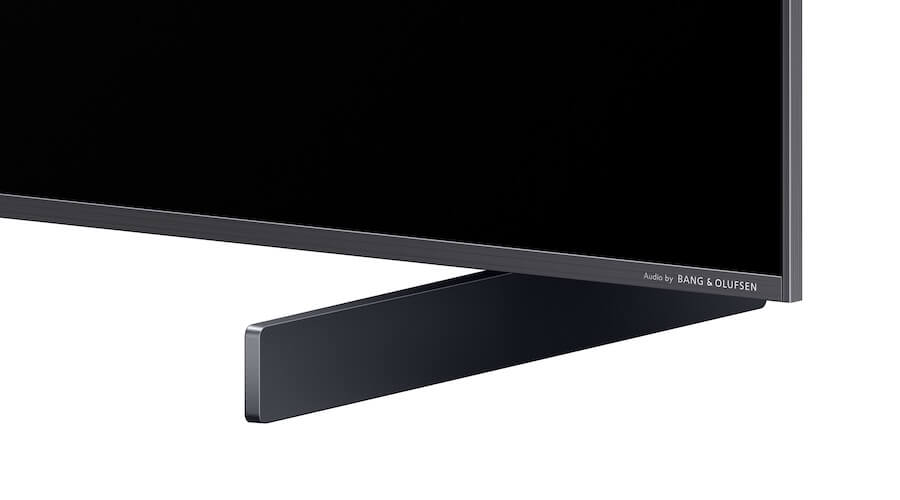
Premium Sound by Bang & Olufsen with Dolby Atmos Flex Connect Compatibility
TCL continues its high-end audio collaboration with Bang & Olufsen, ensuring the QM8K’s premium visuals are matched by immersive sound. The built-in audio system features upfiring speakers specifically designed to take full advantage of Dolby Atmos, creating a wide, cinematic soundstage that adds depth and realism to your content.
Pro Tip: TCL isn’t stopping there. A separate partnership with Dolby means the entire 2025 lineup—QM6K, QM7K, and QM8K—will support Dolby Atmos Flex Connect. This feature allows for wireless pairing of external speakers and automatic sound field optimization based on your room layout, giving you flexible setup options without compromising on performance.
Stylish Design
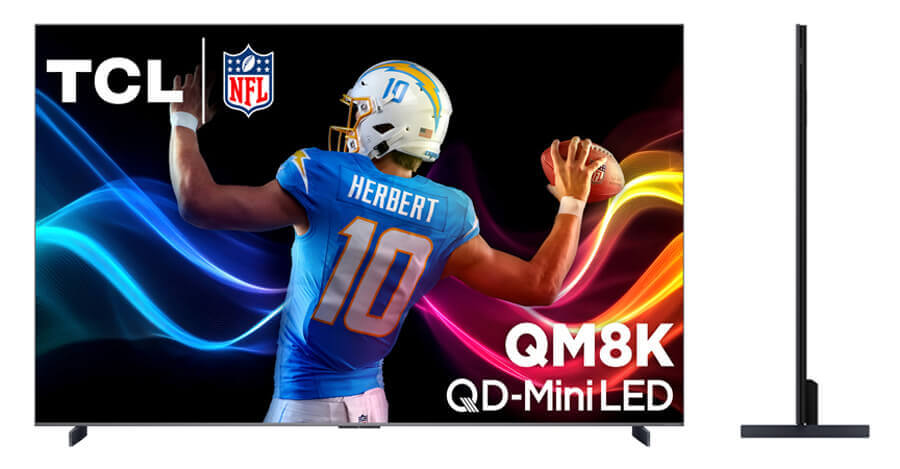
Cosmetically, the QM8K is enhanced with a thinner, flatter cabinet design for true flush wall mounting, and a stand for those who want to place it on their home theater furniture.
From Scott Ramirez, VP, Product Marketing and Development, Home Theater: “With its unmatched combination of groundbreaking panel technology, enhanced picture accuracy, stunning HDR impact, and super-large TV value, the TCL QM8K is the new ‘Ultimate Choice’…Once you see the ZeroBorder panel, you will never look at TV the same way again. Plus, with our new ultra-wide color viewing angle, the perfect seat is now anywhere in the room.”
2025 TCL TVs Compared
| QM8K | X11K | QM7K | QM6K | |
| Screen Sizes (diagonal inches) | 65, 75, 85, 98 | 85, 98 | 55, 65, 75, 85, 98, 115 | 55, 65, 75, 85 |
| LCD Display Technology | QD-Mini LED with Halo Control System | QD-Mini LED with Halo Control System | QD-Mini LED with Halo Control System | QD-Mini LED with Halo Control System |
| LCD Panel Type | CrystGlow WHVA Panel | CrystGlow HVA Panel | CrystGlow HVA Panel | High Contrast HVA Panel |
| Zero Border | Yes | – | – | – |
| Panel Refresh Rate | 144Hz | 144Hz | 144Hz | 144Hz |
| Variable Refresh Rate (VRR) | Up to 144Hz | Up to 144Hz | Up to 144Hz | Up to 144Hz |
| Panel Resolution | 4K Ultra HD (3840 x 2160) | 4K Ultra HD (3840 x 2160) | 4K Ultra HD (3840 x 2160) | 4K Ultra HD (3840 x 2160) |
| Display Colors | 1.07 billion | 1.07 billion | 1.07 billion | 1.07 billion |
| Local Dimming Type and Zones | 3,800 Zones | 14,000 Zones | 2,800 Zones | 500 Zones |
| High Dynamic Range Format Support | HDR10, HDR 10+, HLG, Dolby Vision, Dolby Vision gaming, Dolby Vision IQ | HDR10, HDR 10+, HLG, Dolby Vision, Dolby Vision gaming, Dolby Vision IQ | HDR10, HDR 10+, HLG, Dolby Vision, Dolby Vision gaming, Dolby Vision IQ | HDR10, HDR 10+, HLG, Dolby Vision, Dolby Vision gaming, Dolby Vision IQ |
| Display Brightness | 5,000 Nits | 6,500 Nits | 3,000 Nits | 2,600 Nits |
| Audio System | Bang & Olufsen | Bang & Olufsen | Bang & Olufsen | Onkyo 2.1 |
| Total Audio Power Output | TBA | 120 W | 60W | 40W |
| Audio Format Pass-Through | Dolby Atmos / Dolby Digital+ / Dolby Digital / DTS:X / PCM | Dolby Atmos / Dolby Digital+ / Dolby Digital / PCM | Dolby Atmos / Dolby Digital+ / Dolby Digital / PCM | Dolby Atmos / Dolby Digital+ / Dolby Digital / PCM |
| Dolby Decoding/Processing | Dolby Atmos / Dolby Digital+ / Dolby Digital / DTS:X / DTS Virtual:X | Dolby Atmos / Dolby Digital+ / Dolby Digital | Dolby Atmos / Dolby Digital+ / Dolby Digital | Dolby Atmos / Dolby Digital+ / Dolby Digital |
| Control Buttons | One Button | One Button | One Button | One Button |
| Multilingual On-Screen-Display | English / Spanish / French | English / Spanish / French | English / Spanish / French | English / Spanish / French |
| Closed Caption | Yes | Yes | Yes | Yes |
| Parental Control (V-Chip) | Yes | Yes | Yes | Yes |
| Accessible Menu System (CVAA) | Yes | Yes | Yes | Yes |
| Sleep Timer | Yes | Yes | Yes | Yes |
| JPEG / MP3 for USB | Yes | Yes | Yes | Yes |
| Smart Platform | Google TV | Google TV | Google TV | Google TV |
| Screen Casting / Screen Mirroring | Chromecast / Apple AirPlay 2 | Chromecast / Apple AirPlay 2 | Chromecast / Apple AirPlay 2 | Chromecast / Apple AirPlay 2 |
| Works With Amazon Alexa / Google Assistant / Apple HomeKit | Yes | Yes | Yes | Yes |
| Wi-Fi | Wi-Fi 6 | Wi-Fi 6 | Wi-Fi 5 (802.11ac) | Wi-Fi 5 (802.11ac) |
| Connections | RF Input (NTSC, ATSC) – ATSC 3.0 1 Ethernet 1 USB 1 x USB 3.0, 1 x USB 2.0 HDMI 4 HDMI (1 eARC) SPDIF Digital Audio Optical 1 | RF Input (NTSC, ATSC) 1 Ethernet 1 USB 1 x USB 3.0, 1 x USB 2.0 HDMI 4 HDMI (1 eARC) SPDIF Digital Audio Optical 1 | RF Input (NTSC, ATSC) 1 Ethernet 1 USB 1 x USB 3.0, 1 x USB 2.0 HDMI 4 HDMI (1 eARC) SPDIF Digital Audio Optical 1 | RF Input (NTSC, ATSC) 1 Ethernet 1 USB 1 x USB 3.0, 1 x USB 2.0 HDMI 4 HDMI (1 eARC) SPDIF Digital Audio Optical 1 |
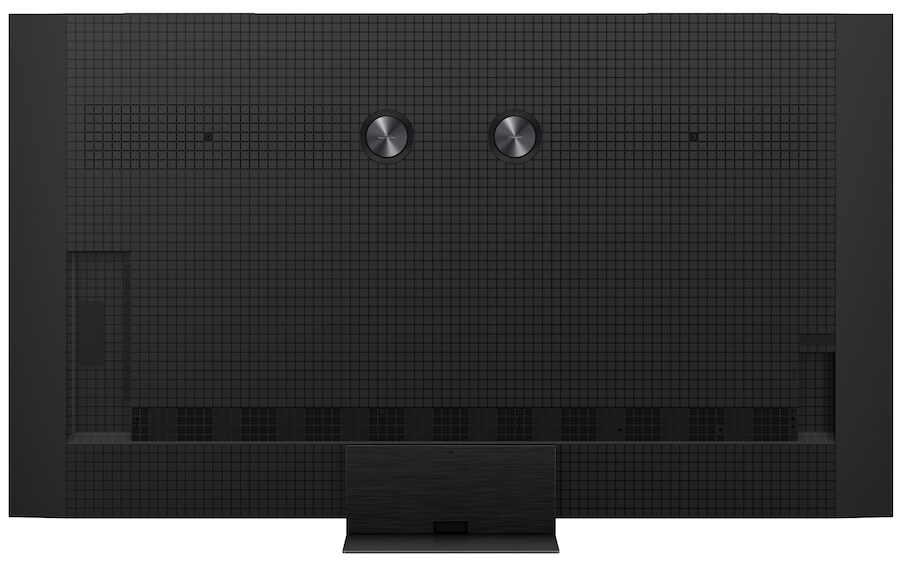
The Bottom Line
TCL is on a tear, and it’s not just momentum—it’s a full-on market disruption. As of Q4 2024, TCL had climbed to the number two spot globally in TV shipments, edging out LG and Hisense and closing the gap on Samsung. And this isn’t just driven by volume in the budget and midrange segments—TCL is making serious noise in the high-end category, especially with screens 85 inches and larger.
The real story, though, is the tech. With its continued innovation in LED-backlit LCD panels—now headlined by the Halo Control System—TCL is aggressively closing the performance gap with OLED. Black levels, contrast, viewing angles, and color accuracy are all hitting new highs, and for most people watching in real-world conditions, the difference between TCL’s best QD-Mini LED models and OLED is now splitting hairs.
But here’s the silver lining: all this next-level performance and premium design doesn’t come with a fantasy price tag. TCL’s 2025 QM-Series, headlined by the flagship QM8K, starts at $2,299.99 for the 65-inch model and tops out at $6,499.99 for the wall-dominating 98-inch version. That kind of pricing—especially for a near-OLED experience at almost 100 inches—could be a game-changer.
If consumers start seeing $6,500 as a fair price for a flagship 98-inch TV with this level of performance, it could put serious pressure on Hisense, LG, and Samsung to rethink their pricing strategies. TCL’s aggressive value proposition isn’t just shaking up the market—it’s forcing the old guard to catch up or concede ground.
Pricing & Availability
2025 TCL QM8K QD Mini-LED 4K TVs are available in the following screen sizes:
- 65-inches: $2,299 MSRP, $1,499 at Amazon
- 75-inches: $2,999 MSRP, $1,399 at Amazon
- 85-inches: $3,799 MSRP, $2,699 at Amazon
- 98-inches: $6,499 MSRP, $3,999 at Amazon
Related Reading
- 2025 TCL QM6K TVs
- 2025 TCL QM7K TVs
- TCL Q85H Dolby Atmos Soundbar Review – Real Immersive Sound for Less
- TCL Enters the Video Projector Market with the Portable A1
- TCL Just Bought LG’s LED/LCD TV Plant in China for $1.5 Billion
- Preview: TCL Takes On Hisense and Samsung with NXTFRAME TVs That Incorporate Audio by Bang & Olufsen

